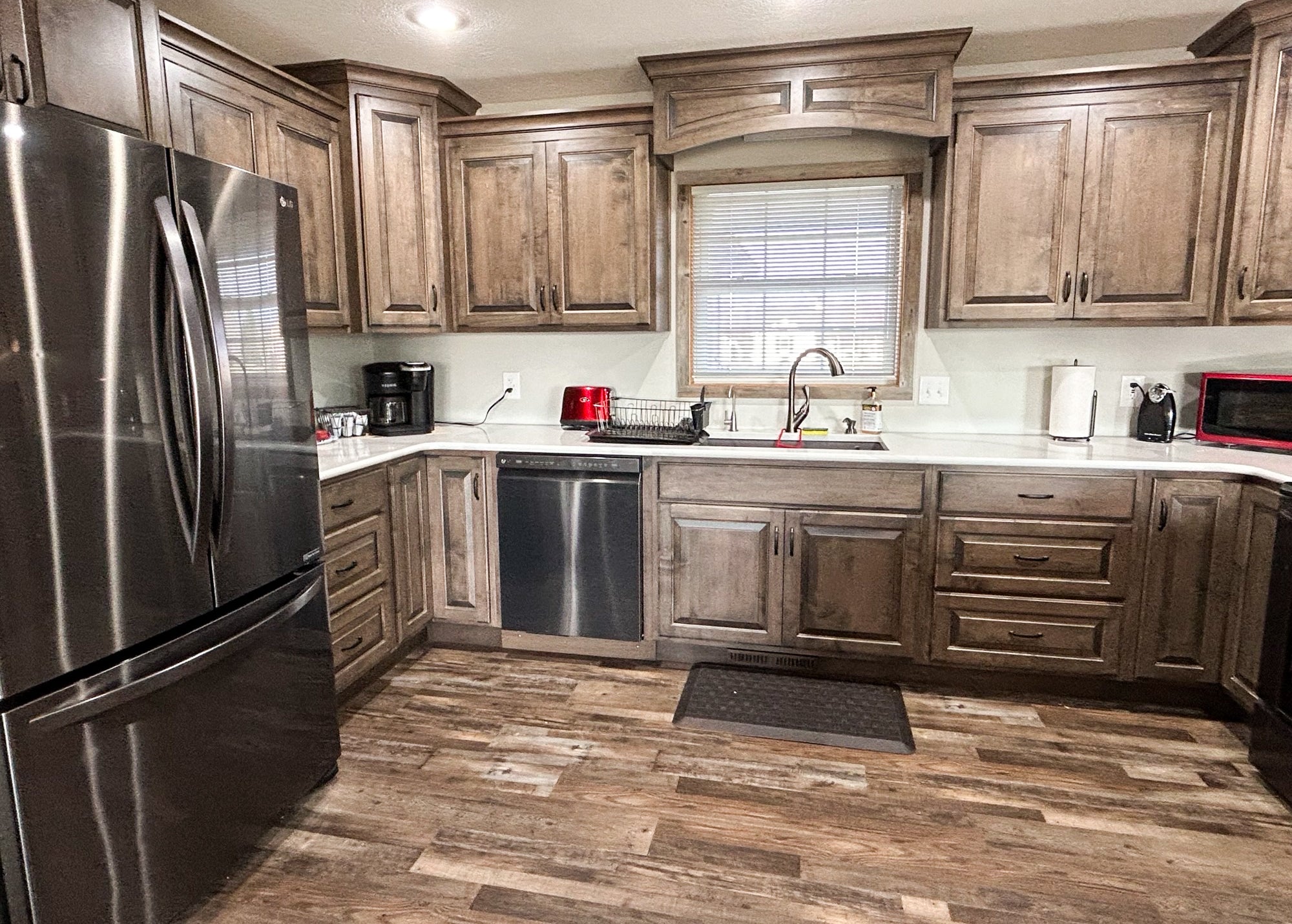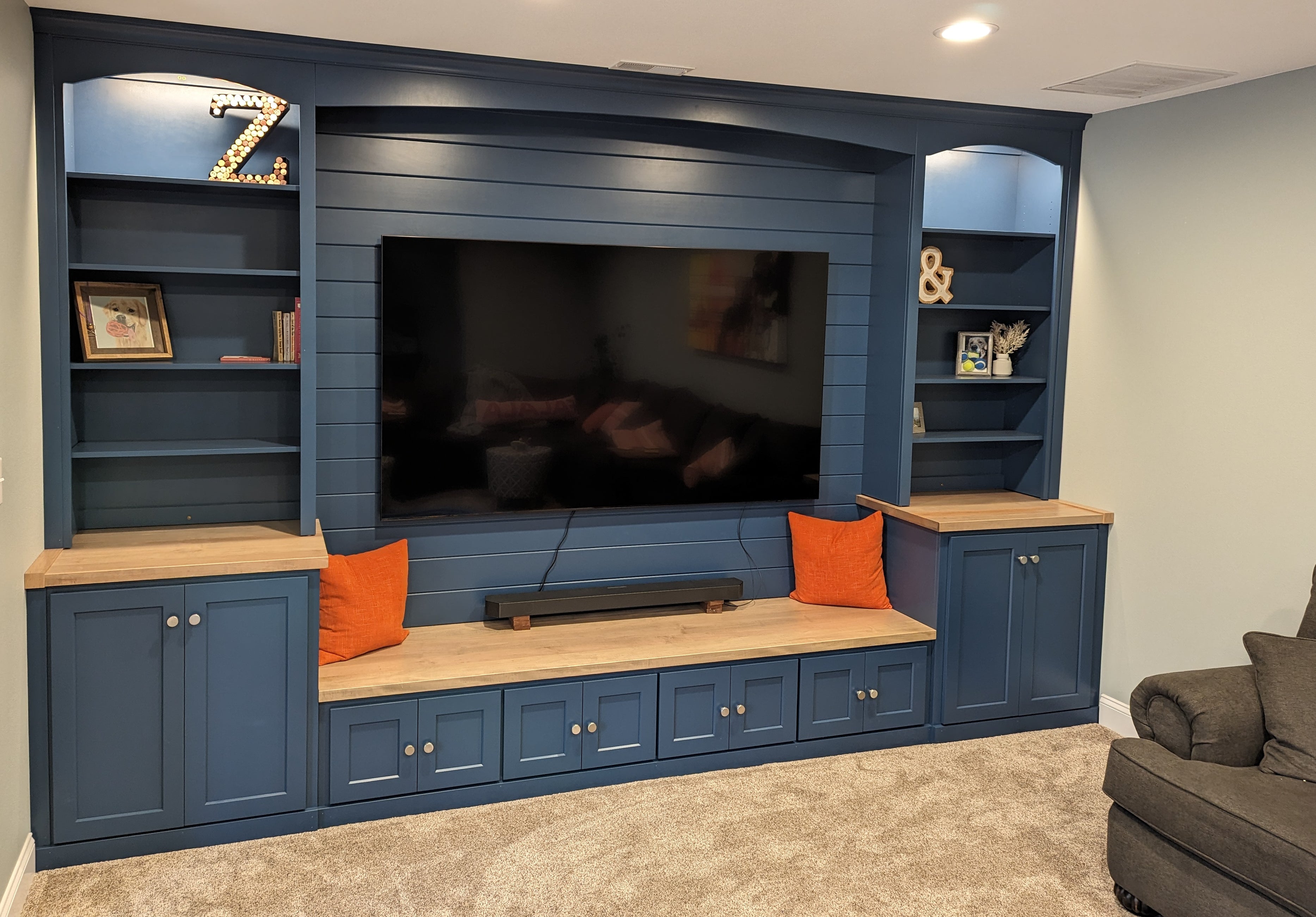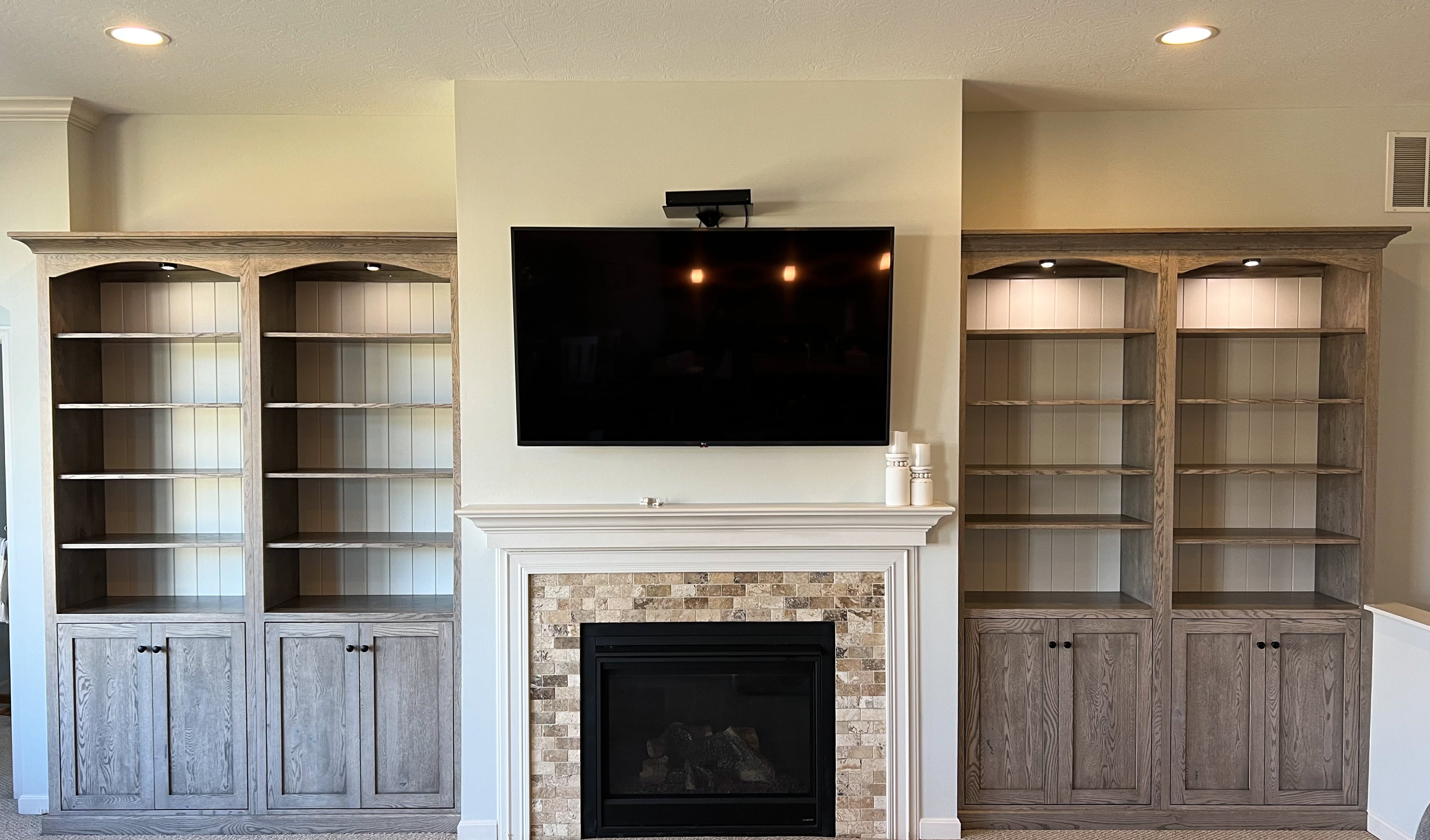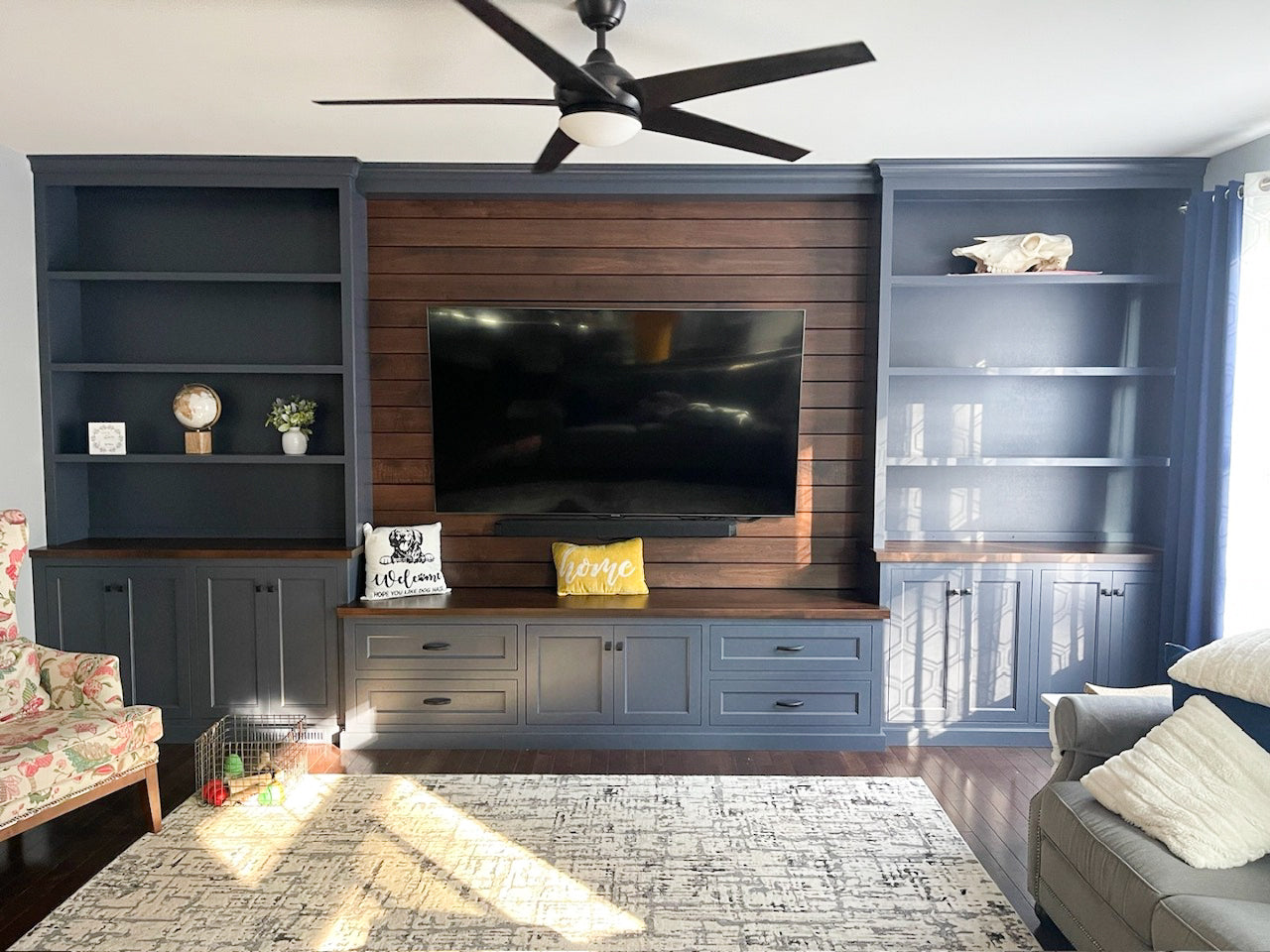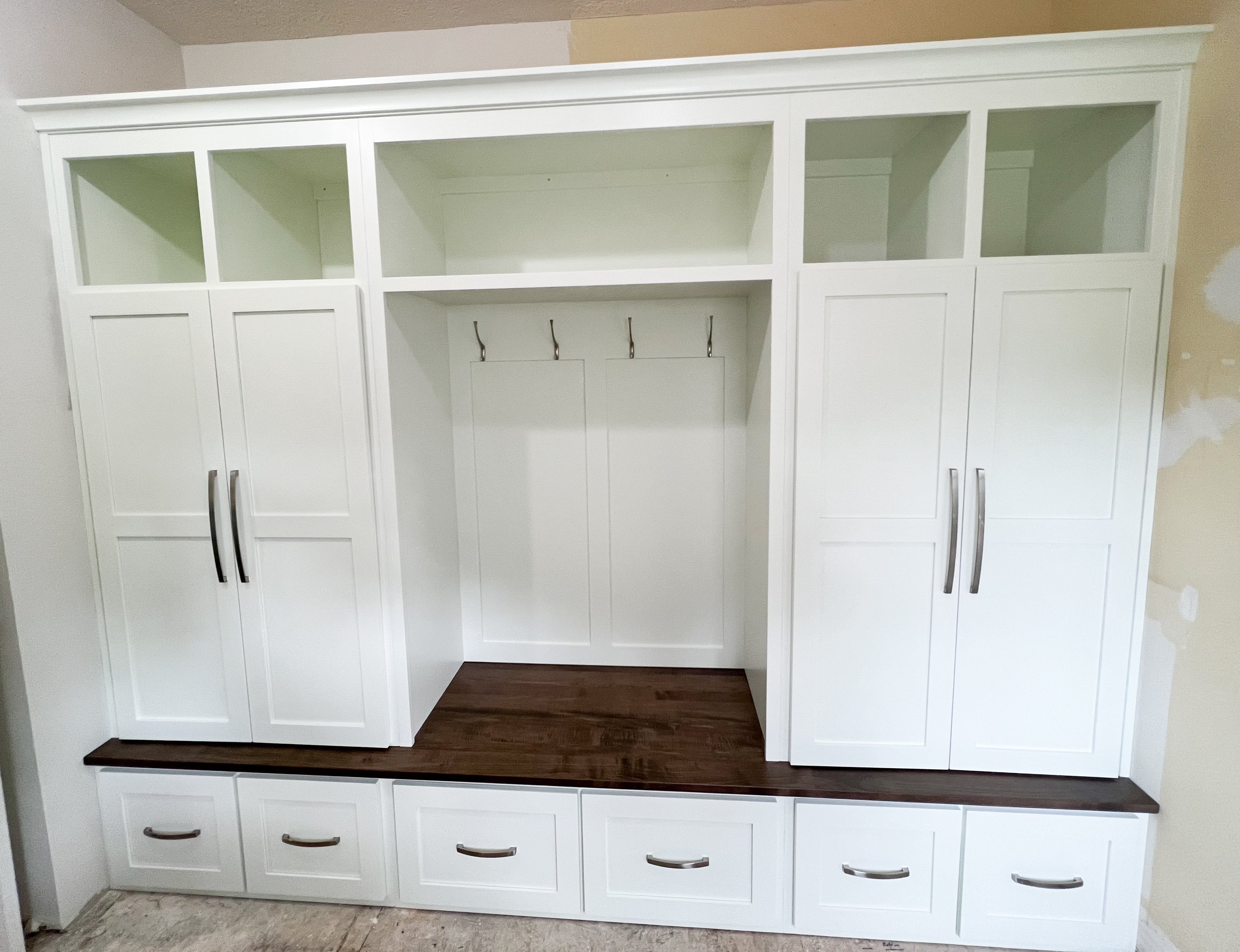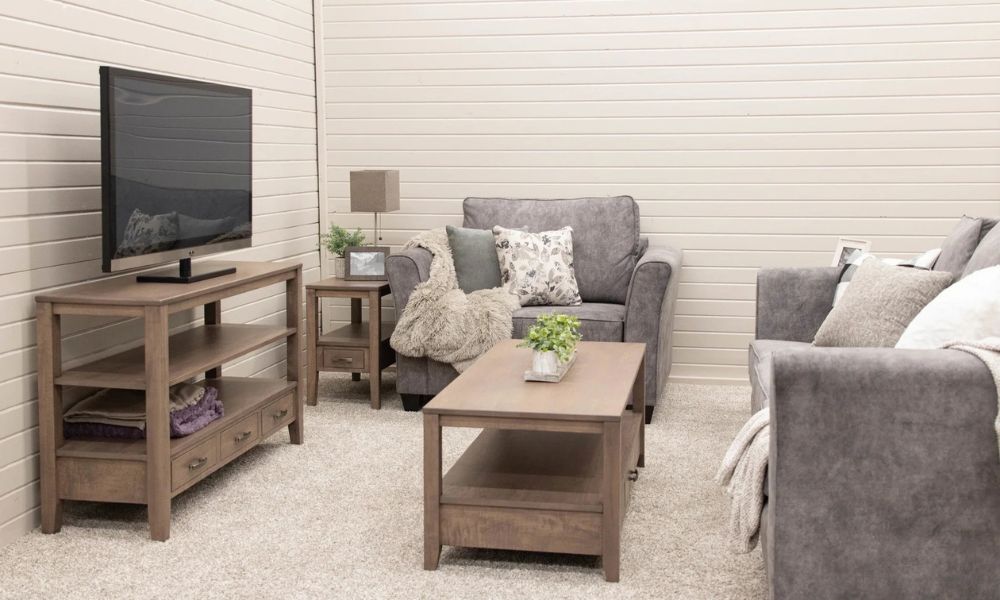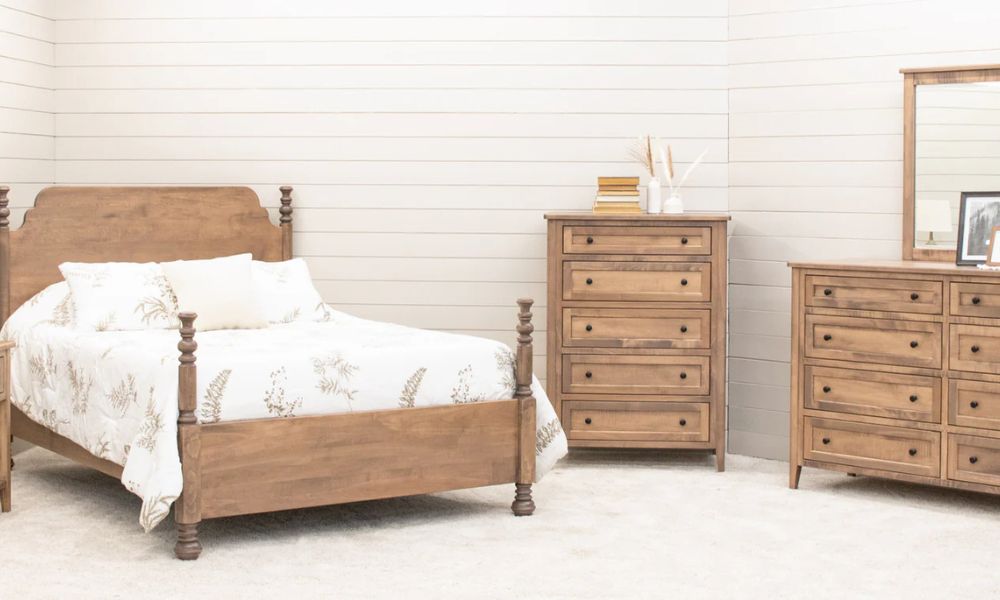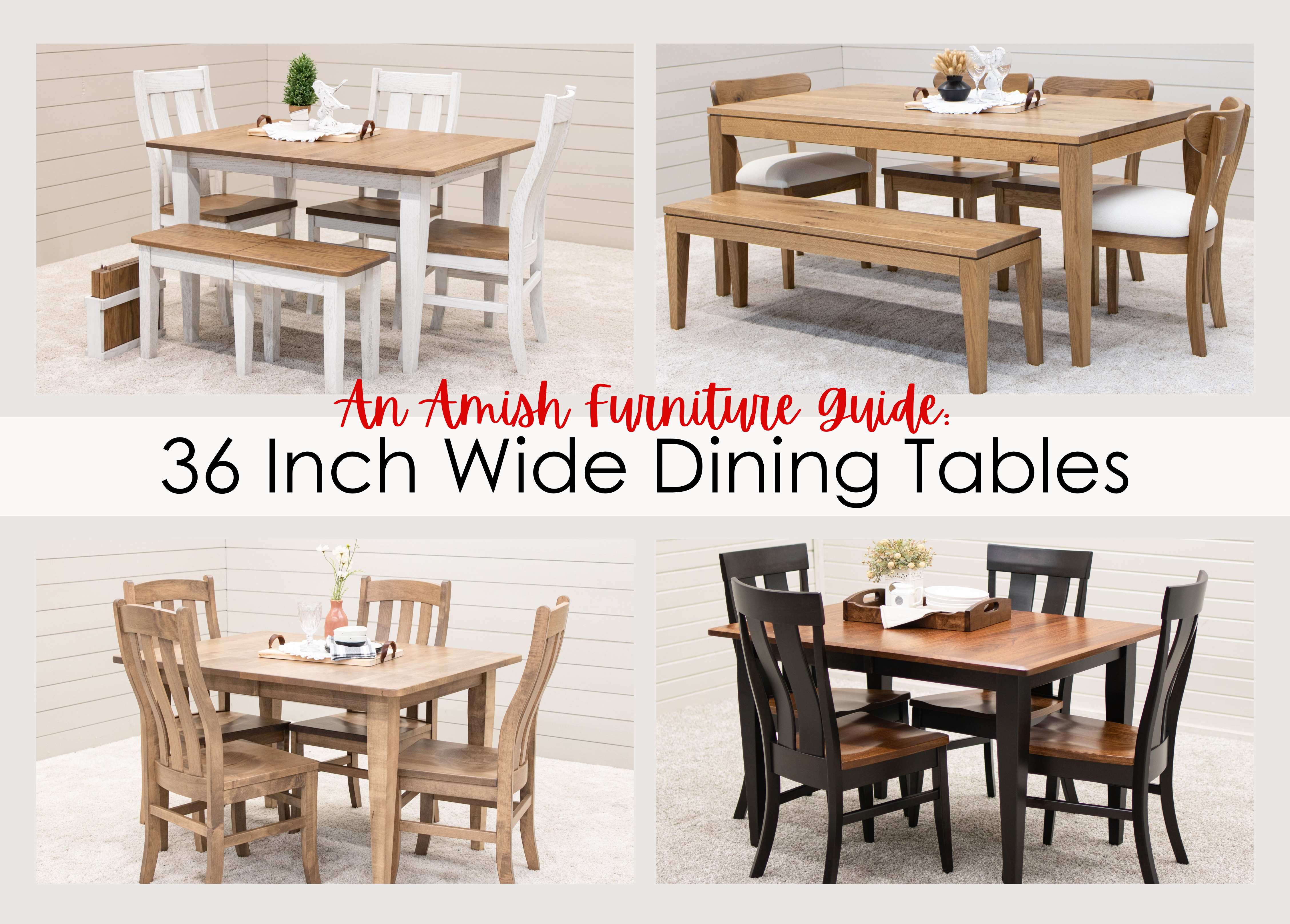Tips for Mixing and Matching Your Bedroom Furniture
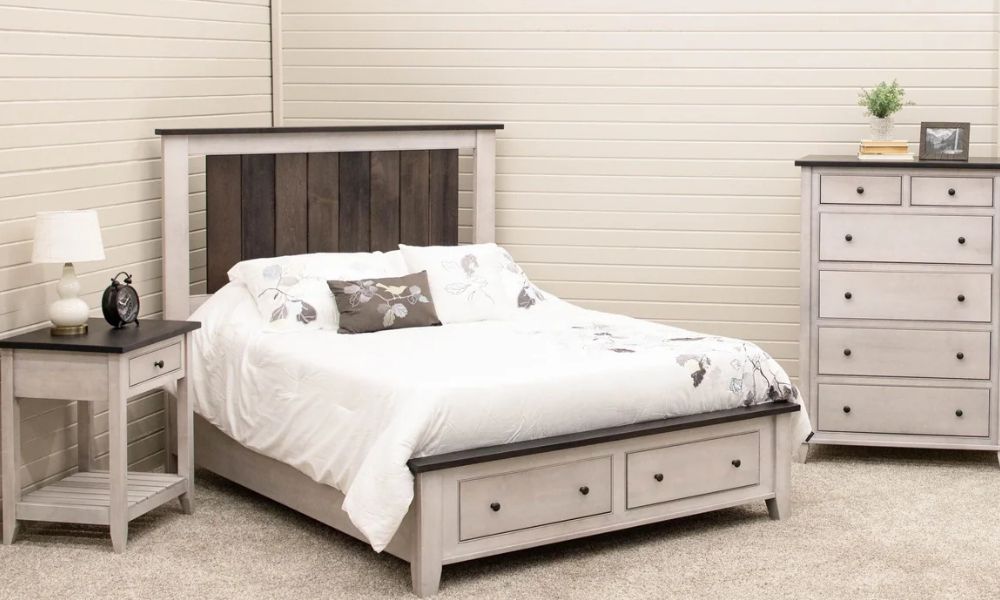
Your bedroom is more than just a place to sleep—it’s a reflection of your personality and style. This space should be as creative as it is functional, blending comfort with aesthetics. But when it comes to mixing and matching your bedroom furniture, finding the right balance can feel overwhelming. How do you combine different colors, textures, and styles without creating chaos?
The answer lies in careful curation and a touch of experimentation. Whether you love bold statement pieces or subtle contrasts, learning to mix and match with confidence will open the door to endless design possibilities.
Understand Your Ideal Color Palette
Choosing the right color palette sets the tone for your entire bedroom design. Start by selecting a base palette composed of two or three colors that reflect the mood you want to create—calming neutrals for a serene retreat, bold jewel tones for a dramatic flair, or soft pastels for an airy, romantic vibe. Once you have your base colors, consider introducing accent hues to add contrast or highlight certain areas of the room.
For example, you could pair shades of beige and cream with pops of navy blue or mustard yellow to bring dimension to the space. Aim for balance by using your accent colors sparingly so they don’t overwhelm the primary palette. Incorporate colors through your furniture, bedding, or decorative pieces to tie the room together seamlessly. With a well-thought-out palette, you’ll bring harmony and cohesion to your bedroom, no matter how diverse your furniture may be.
Consider Complementary Styles
Mixing furniture styles might seem daunting, but it’s a great way to add personality and depth to your bedroom. The key is to find common threads that unite the styles, such as similar materials, shapes, or colors. For example, a sleek, modern bed frame can pair beautifully with an ornate vintage dresser if both share a similar wood tone or complementary hardware finishes.
Likewise, industrial-style nightstands with metal accents can complement a soft, upholstered headboard if you maintain consistency with your color scheme or textures. By finding these connecting elements, you can ensure your design feels intentional rather than mismatched.
When blending styles, balance is everything. Avoid overwhelming the space with too many competing focal points. Instead, choose one dominant style and layer in pieces from other styles to enhance and complement it. For instance, if your foundation is minimalist, add depth by incorporating a few rustic or eclectic elements, like a reclaimed wood bench or a bohemian rug.
Similarly, when working with bold or statement pieces, balance their impact with simpler, understated furniture. This approach prevents your room from looking cluttered while still showcasing your unique taste.

Balance Texture and Materials
Texture and materials are as crucial as color and style when designing a cohesive bedroom. Layering textures gives your room depth and visual interest while mixing materials creates a contrast that feels dynamic yet integrated. Start with your largest pieces, such as a bed frame or dresser, and choose a material that anchors the room—wood for warmth, metal for a sleek touch, or upholstered fabric for softness. Then, layer in contrasting textures like plush throws, woven area rugs, or smooth glass lighting fixtures to create balance.
Mixing materials like rattan, leather, and stone adds richness but should be limited to two or three dominant types to make sure the design feels unified. For example, you could pair a polished metal lamp with a rustic wood nightstand or combine a fabric headboard with a glossy lacquered dresser. By paying attention to texture and material interplay, you can design a bedroom that is inviting, harmonious, and full of character.
Incorporate and Accent Statement Pieces
Statement pieces serve as the focal points of a room, drawing the eye and setting the tone for your design. When choosing a statement piece for your bedroom, look for something that speaks to your personal style, such as a bold headboard, an intricately carved armoire, or a uniquely designed accent chair. Once you select this item, build the rest of the room around the piece to ensure it remains the star of the show.
For example, if your statement piece is a stunning canopy bed, pair it with simpler nightstands and rugs to avoid visual competition. Statement pieces don’t have to be oversized—they can also be distinctive items like an abstract piece of art or a vivid area rug that ties the room together. The key is to make sure the statement piece anchors the room while complementing the overall theme.
Prioritize Spacing, Flow, and Accessibility
Arranging your furniture with spacing, flow, and accessibility in mind keeps your bedroom functional and beautiful. Start by placing the largest piece—typically the bed—in a central location where it doesn’t obstruct pathways or windows. Leave enough space on either side for nightstands and easy access to the bed. Position frequently used furniture, like dressers, where they’re easily reachable but don’t disrupt the natural flow of the room.
Maintain at least two to three feet of clearance in high-traffic areas to keep the space feeling open and inviting. Avoid overcrowding by sticking to only the essential pieces and leaving some negative space to allow the design to breathe. A well-thought-out layout means your bedroom not only looks great but also serves as a comfortable, practical retreat.

The Importance of Negative Space
Negative space, or the empty areas between furniture and decor, is an essential element in creating a balanced and serene bedroom. It allows the eye to rest and enhances the overall aesthetic by preventing the room from feeling overcrowded. Strategically incorporating negative space can also make a small bedroom appear larger and more open.
To achieve this, avoid filling every corner with furniture or accessories—leave gaps around key pieces, like the bed or dresser, to create a sense of airiness. You can also minimize visual clutter by sticking to a few impactful decorative items rather than overwhelming the space with too many details. By thoughtfully designing around negative space, you’ll cultivate a calming atmosphere ideal for relaxing and recharging.
Find Beautiful Sets at Dutch Craft Furniture
Mixing and matching your bedroom furniture is an exciting way to express your personal style while creating a space that’s both functional and inviting. From choosing the perfect color palette to blending complementary styles and balancing textures, there are endless possibilities to craft a room that feels uniquely yours.
Incorporating statement pieces and prioritizing flow further ensures your bedroom is both practical and visually appealing. Remember, negative space is just as important as the furniture itself, providing a calming sense of balance and openness. By combining these tips, you can transform your bedroom into a harmonious retreat that reflects your personality.
At Dutch Craft Furniture, we offer a stunning collection of Amish-built bedroom furniture that effortlessly combines quality and artistry. Every piece is meticulously crafted to bring beauty and durability into your home, making it easy to find the perfect elements for your bedroom design. Whether you’re looking for a bold statement piece, like a handcrafted bed frame, or timeless accent furniture, our selection has everything you need to complete your vision.

